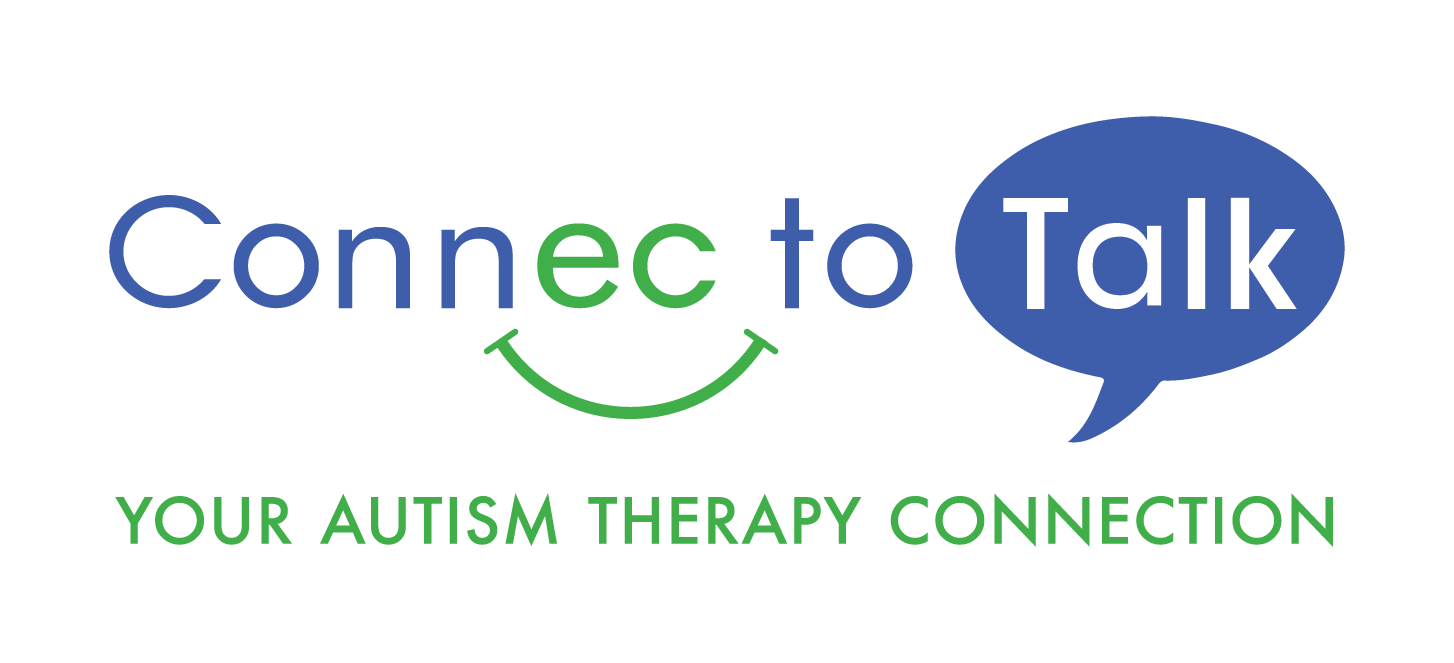![How To Help Your Child Transition Back To School How To Help Your Child Transition Back To School As the summer comes to a close, we want to remind our families about the major change from full day ABA therapy services to after school therapy sessions. This transition can be difficult for children on the autism spectrum, as changes in routine can be challenging. […]](https://connec-to-talk.com/wp-content/uploads/2022/08/Connec-to-Talk-Website-Mockup.jpg)
How To Help Your Child Transition Back To School
As the summer comes to a close, we want to remind our families about the major change from full day ABA therapy services to after school therapy sessions. This transition can be difficult for children on the autism spectrum, as changes in routine can be challenging. Therefore, we want to provide our families with a few tips and tricks to make this transition more manageable for your child.
We have compiled a list of strategies to use in order to help with your child’s transition from full day ABA therapy to full day school alongside after school therapy sessions.
Techniques To Help Your Child
Use a calendar
Visual aids can help those with ASD understand certain concepts and events in their day to day lives. Marking the first day of school on a calendar with a star could potentially help your child comprehend the beginning of school is around the corner. Crossing out the days leading up to the start of school can aid in the countdown.
Create a visual schedule
With the help of your BCBA, create a daily schedule for your child. This will help them physically see the order of events. Furthermore, breaking it down to a morning and afternoon schedule would help distinguish the separate events for your child. Contact your BCBA and ask if this would be beneficial for your child.
Verbal cues before a transition
A simple verbal cue can go a long way, especially when it comes to a change in your child’s day! For example, if your child will be getting on the bus soon, you could say “It’s almost time to get on the bus!” This basic gesture could aid in your child’s understanding that a transition is about to take place.
Go on a “test drive” to school
If you intend to drive your child to school, take a short “test drive” to show or remind your child of the route they will be taking every morning. Additionally, before you venture out, you can ask the school if you can walk outside around the building or campus. This will help familiarize your child with what is yet to come in the fall.
Visit the school campus
Alongside the above strategy, you can inquire about having your child visit the inside of the school building to tour their classroom. This could help them understand what to expect when they arrive on the first day of school, as well as help them become familiar with the environment.
- Meet the teacher(s) – If you know who your child’s teacher(s) may be, it might be beneficial to reach out to them before the school year begins. You can schedule a time to meet, so that your child will be able to familiarize themselves with their teacher.
- Meet the students – If possible, contact your child’s teacher before the school year starts and ask for a class list. If contact information is available, see if there are any classmates that would want to have a playdate with your child. If you or your child already know of some of the kids at school, or are friends with the kids at school, reach out and ask to meet up before the start of the academic year. Seeing familiar faces during the school day could be comforting for your child.
Overall, we want to recognize that easing your child into this major transition earlier rather than later would be beneficial for both you and your child. While these tips can be helpful, it is always important to contact your BCBA if you have any questions or concerns. Our Connec-to-Talk BCBAs can offer child-specific interventions to help the transition process run smoothly.



Leave a Reply